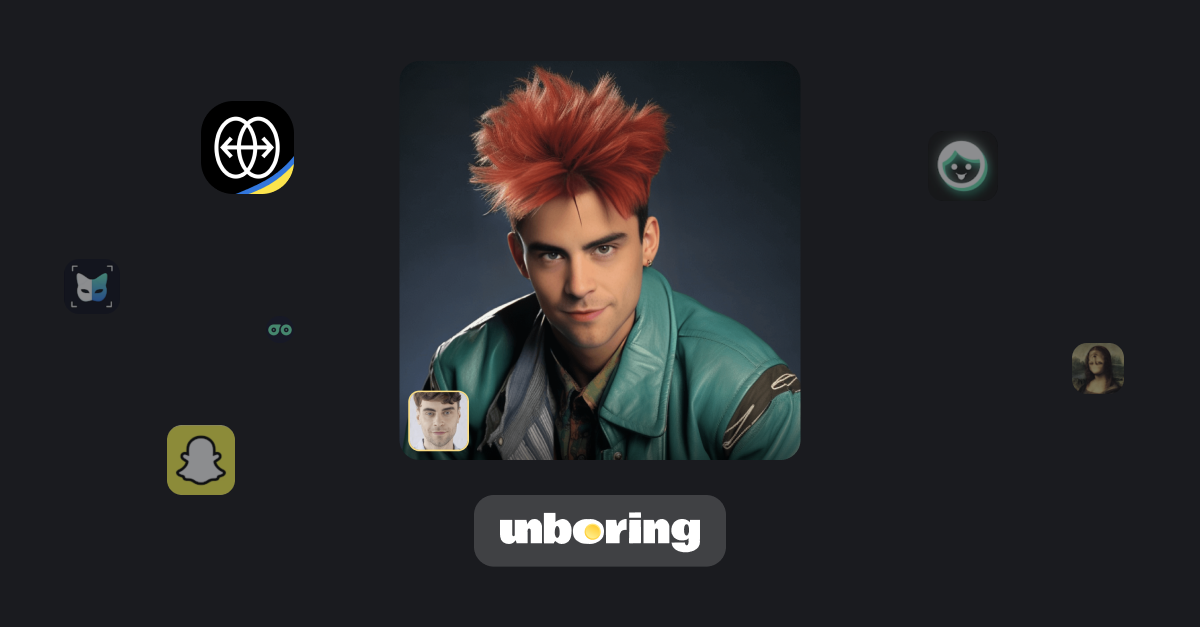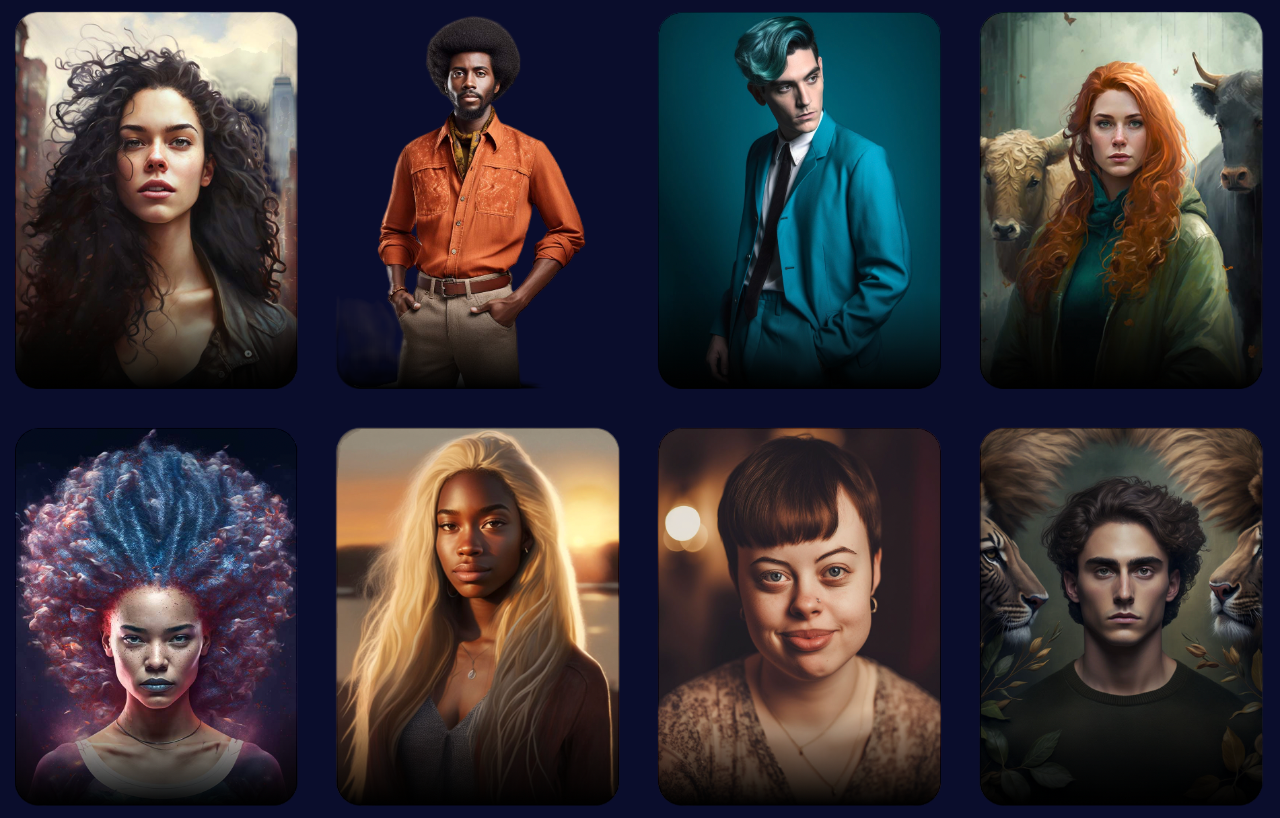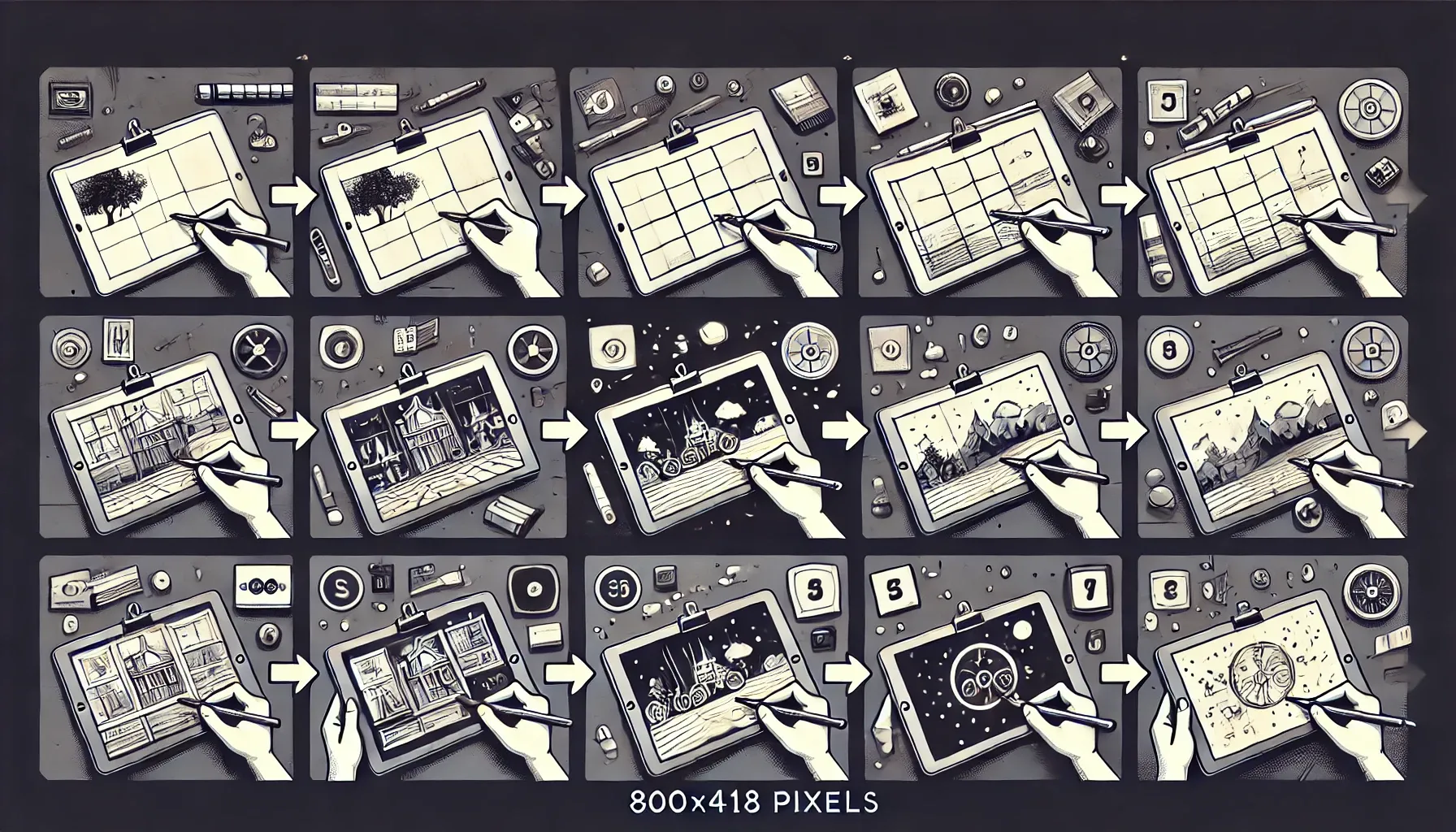Gulliver refaces Berlinale
When Ukrainian guys collab and meet the classics, the world just can’t resist it
The “Gulliver Returns” project presented a unique collaboration with Reface within the framework of Berlinale this March. It was a second Berlinale for this Ukrainian animated movie, but…
…this time people could swap their faces into the movie and be Lemuel Gulliver!! The first one to do it was Peter Domsch, Head of Sales at European Film Market.
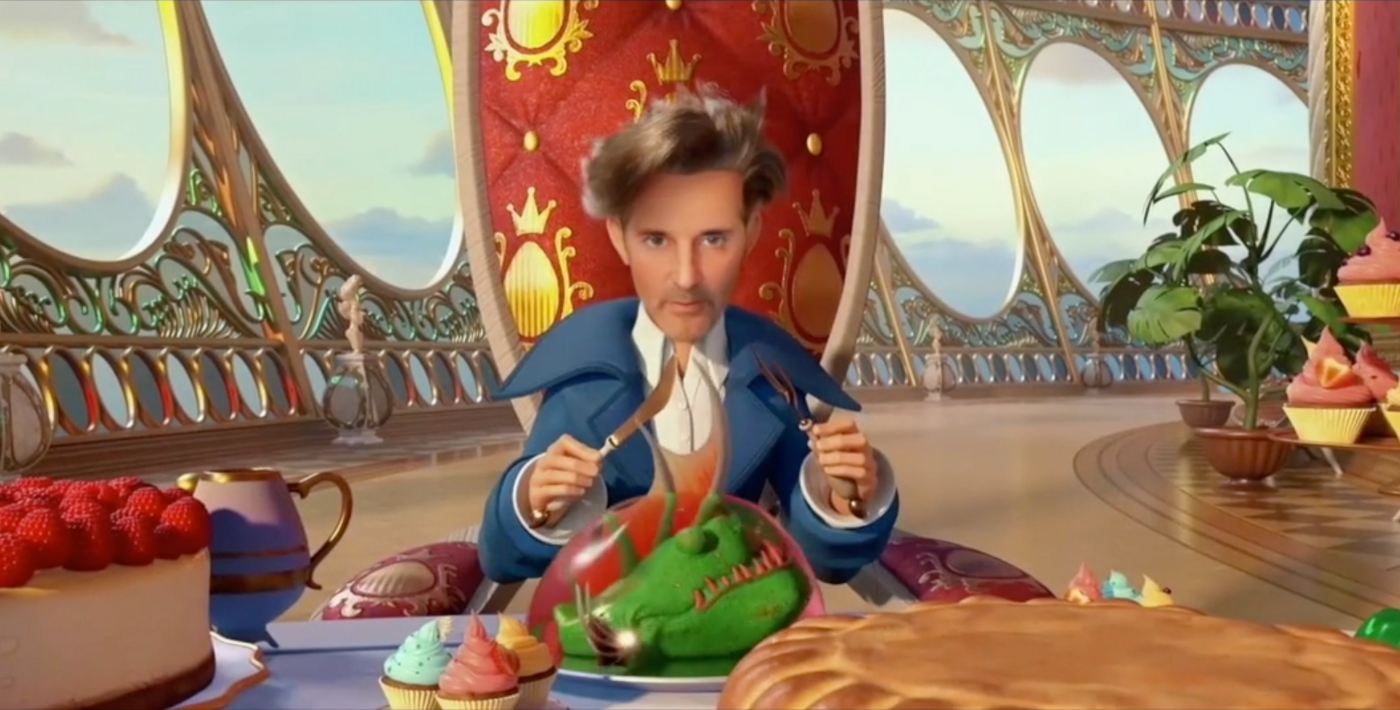
Many places I have been,
many faces I have seen
In “Gulliver Returns” Lemuel Gulliver receives a disturbing letter from Lilliputians. The little people are asking their friend for help. Lemuel wants to help his friends, but he has a lot his own problems to solve at the moment.
It’s incredible how the story of Gulliver has been evolving during the centuries. It has been relevant for 300 years, while constantly changing forms and using advanced technologies.
First, there was a book
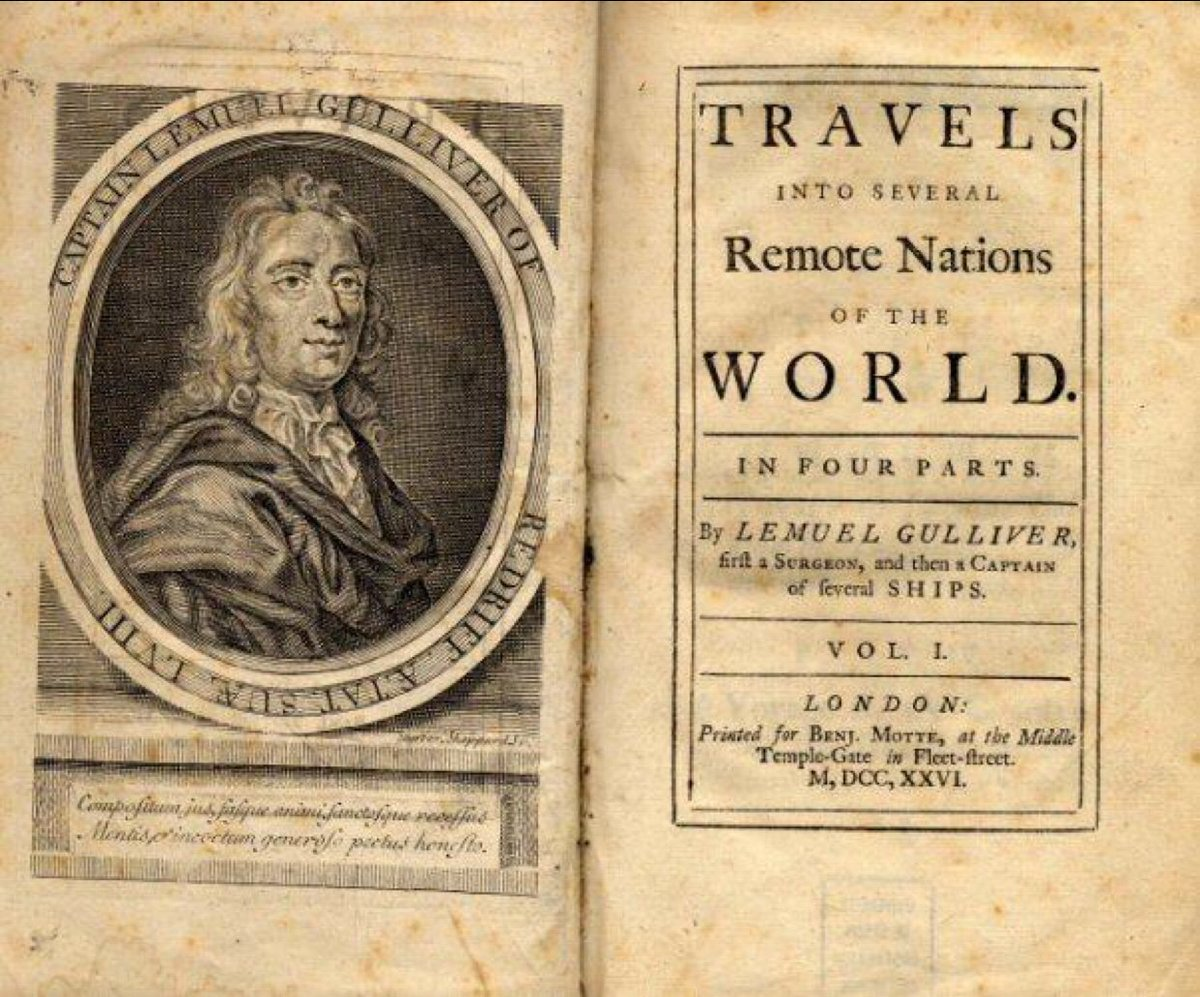
1726 – The Gulliver’s Travels book
— The Gulliver’s Travels book by an Anglo-Irish writer Jonathan Swift is published in London.
The saga begins. The story satirises the British society, laws, the tales of sailors, and, well, human civilization as a whole. The novel has a huge success and is being reissued several times in just a few months after its first publication. Gulliver’s Travels are being translated into French, German, Dutch, Italian and other European languages.
Gulliver and the 20th century
1902 – silent short film in France
— “Le Voyage De Gulliver À Lilliput Et Chez Les Géants” hits the screens for the first time. It’s a new era for the story: the era of animation and cinema. Georges Méliès, a French illusionist, directs and stars in this version of the story.
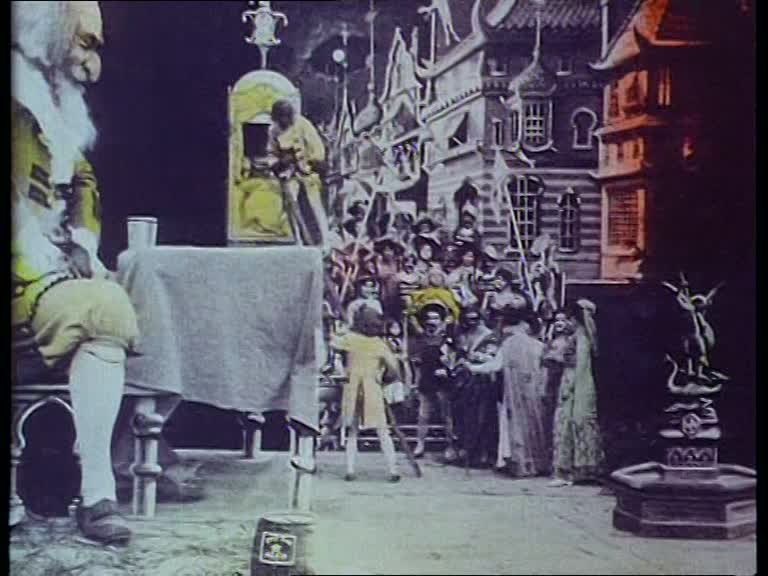
1939 – cel-animated Technicolor musical feature film
— The film “Gulliver’s Travels” by Fleischer hits the Hollywood big screens. It uses a new technique: a rotoscope animation, which allows showing a rotoscoped Gulliver and animated Lilliputians together.
1960 – stop-motion animation
— “The 3 Worlds of Gulliver” by Jack Sher implies a stop-motion animation technique. The world now can watch the Gulliver and Lilliputians action as if it’s real.
1996 — mini-series with CGI
— “Gulliver’s Travels” mini-series by Charles Sturridge uses CGI for the first time in the history of the adventures of Gulliver.
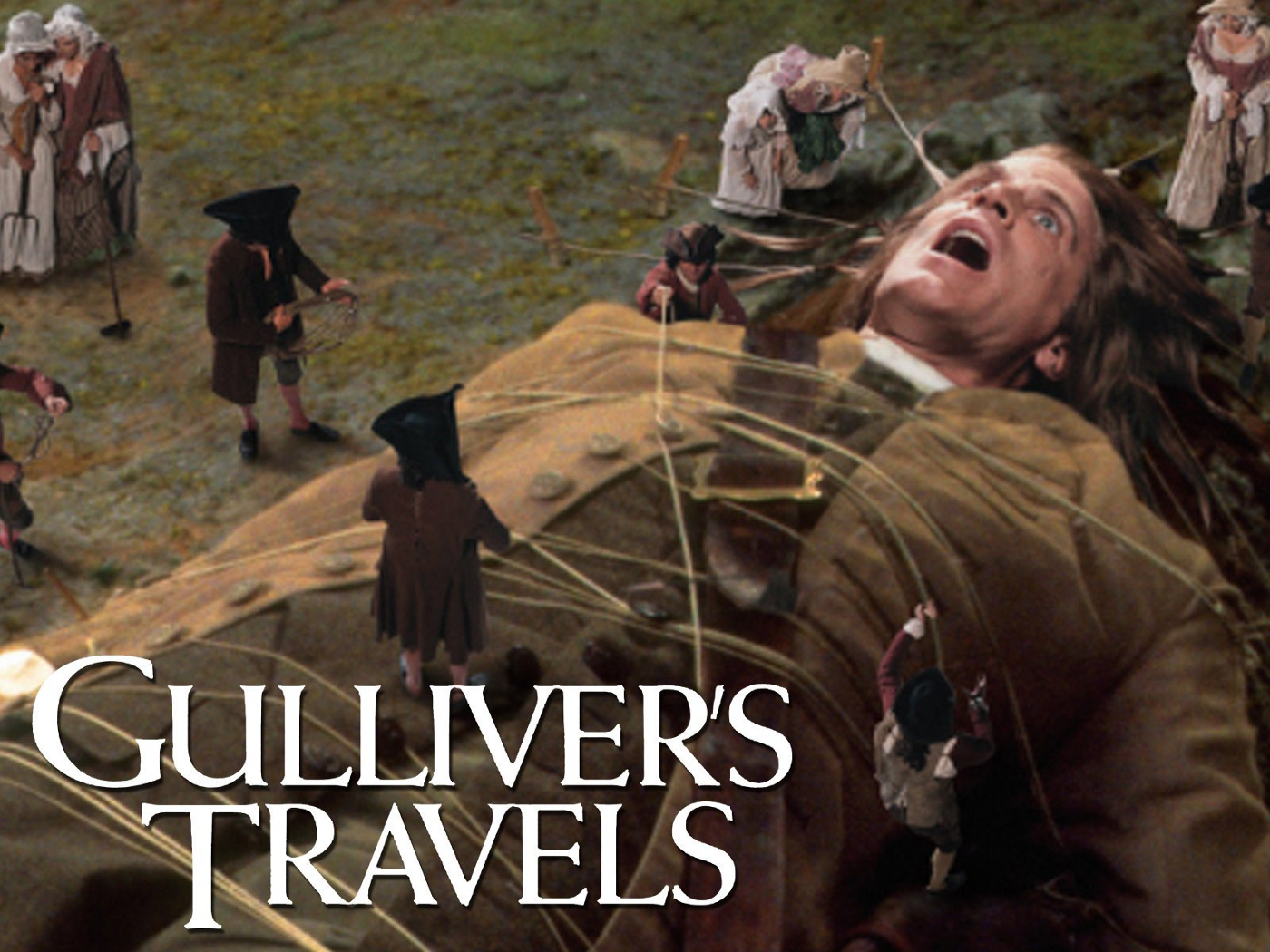
2010 – Gulliver’s Travels in 3D
— The next step of tech evolution of the story is “Gulliver’s Travels” by Rob Letterman. This version uses 3D, finally.
And now, ladies and gentlemen, meet
Gulliver Returns
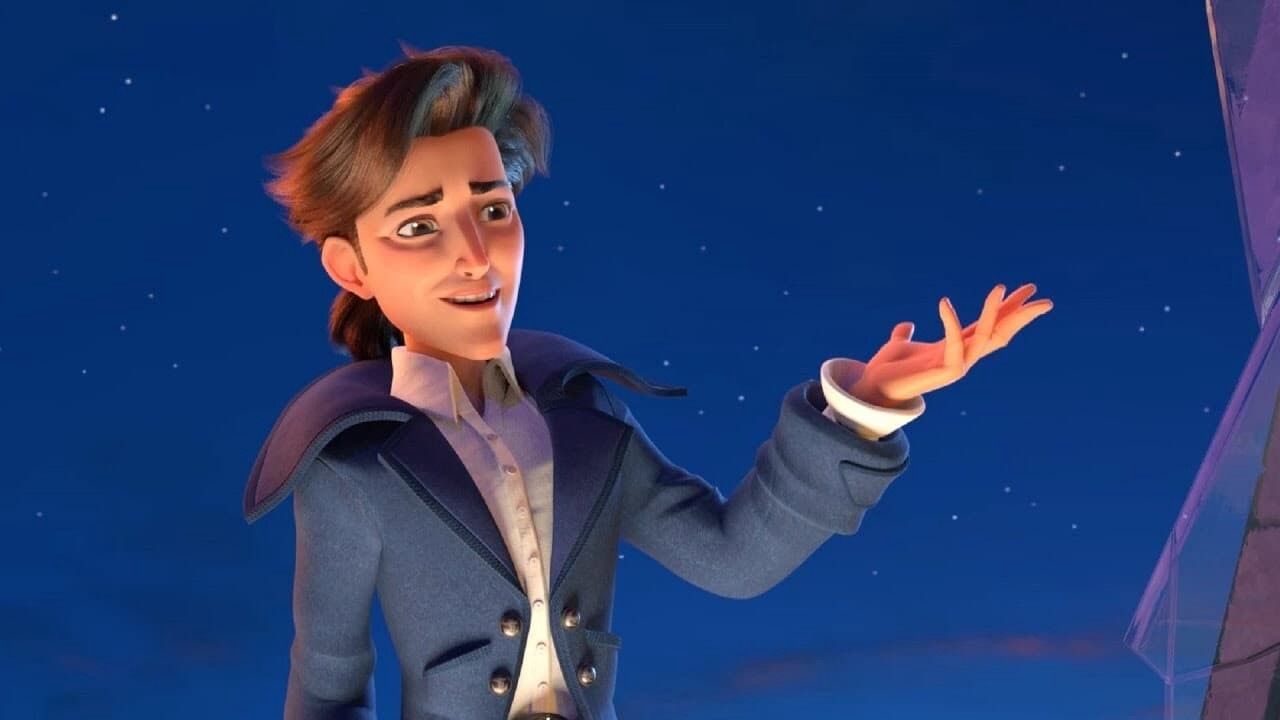
2021 March – Ukrainian animated movie is presented at Berlinale
— The promo campaign uses a face-swapping technique that allows people become Gulliver.
- Reface helped to create a new type of promo content for the old Gulliver story. Now you can become Gulliver before watching the actual movie. No any other Gulliver version has ever used a promo like this before.
- For 10 days we collected 1M refaces and 324K people shared their face-swapped Gulliver’s videos on their social networks.
- Promo campaign is still ongoing and soon people from more and more countries will be able to swap faces of their family members into characters of the story about Gulliver.
- Berlinale was online this year. But with a help of face-swap anyone could feel a bit closer to the festival life, premieres, and films. The experience of making a personalised video with Reface technology was definitely a bit deeper than a regular online screening.
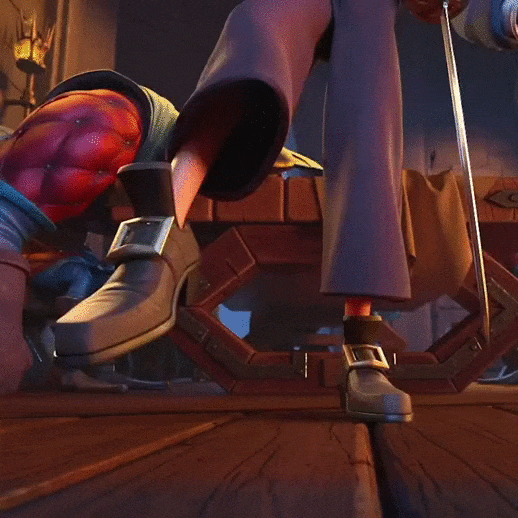
A Classic + New tech = Win-Win
We can only guess what Jonathan Swift would have said about a modern story of Lemuel Gulliver. 300 years ago it was a provocative bestseller satirising humanity. In 300 years Gulliver’s Travels might be the VR space trips, and the audience will be experiencing cosmic Lilliputian wars as if they are real. Maybe ;)
But nowadays thanks to talented creators and advanced technologies we can experience the story of Gulliver on a new level. And it’s a tradition when it comes to Swift’s book. Reface just took it to another level for the new generations to come and do their part. This is how great stories become truly never-ending. We hope Jonathan Swift would have been really happy.

